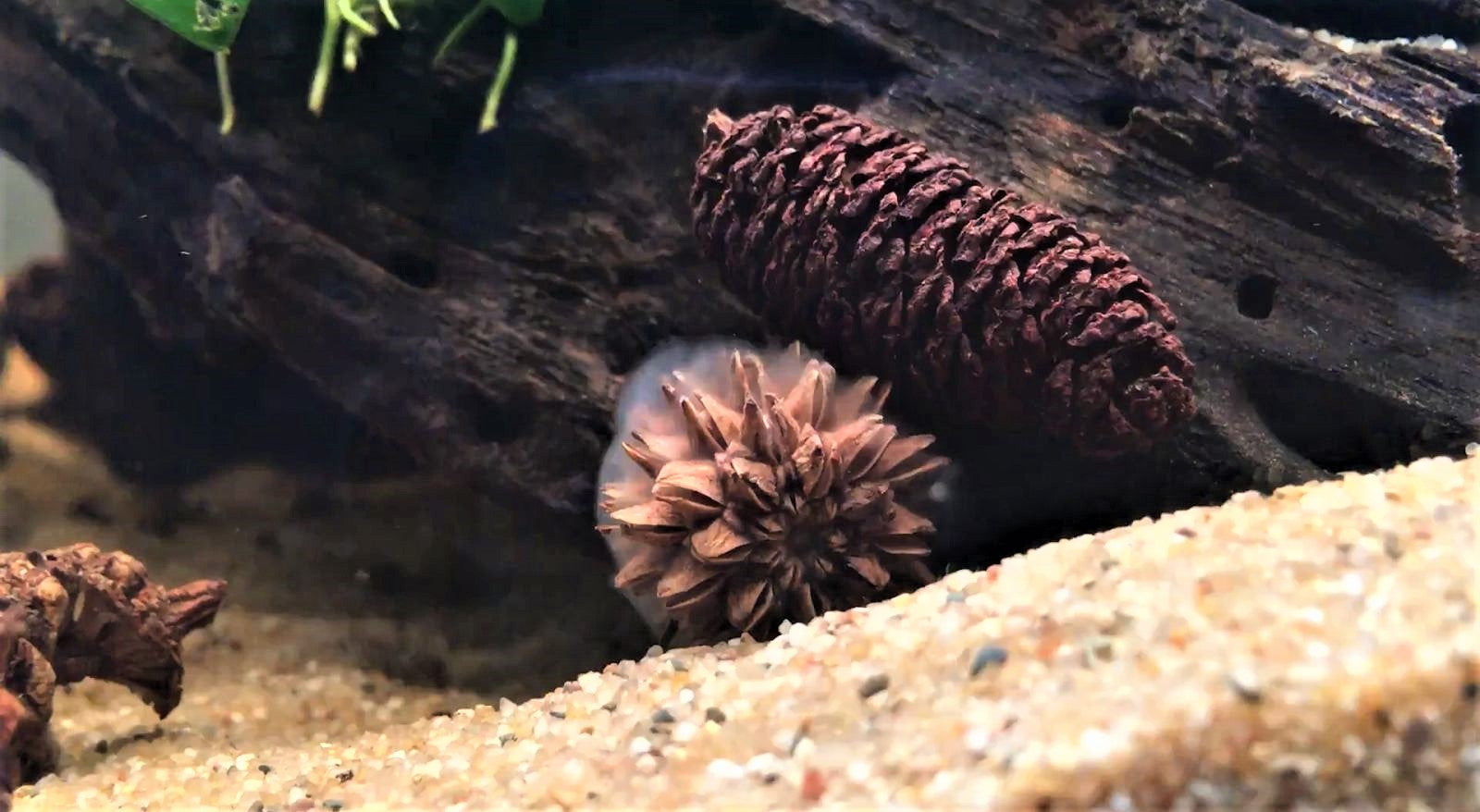
Create Your Own Blackwater Biotope - Tips & Tricks
By: S. Sanders (@ShrimpletScaping)
Picture this; a deep orange tint of aquarium water creates a beautiful glow and warmth in the room, and the odd flash of a cardinal tetra’s bright blue stripe catches your eye whilst you’re reading a book... doesn’t this make you want you to scape your own blackwater aquarium now?!

Blackwater aquariums are beautiful. They are pleasing to the eye and pleasing to the fish. This is possibly the best way in which us aquarists can please our fish-- by recreating their natural habitat and water parameters.
First, let’s start with why blackwater biotopes are perfect for certain fish. As mentioned above, they recreate the natural habitat of some species and of mainly South American and Asian fish.
For example, angelfish, tetras, barbs, corydoras, and gouramis live in blackwater conditions in the wild and this is just to name a few!
Catappa (Indian almond leaves) are also highly recommended for bettas.
(Disclaimer: just because these fish come from the same areas, it doesn’t mean that they can all live together! Research which fish can live together before stocking your aquarium.)
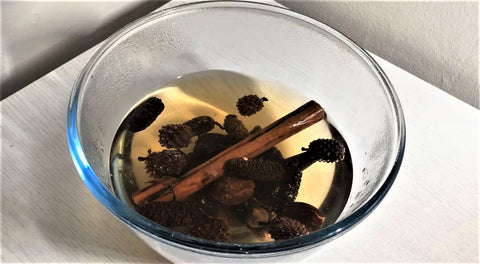
How are blackwater biotopes created?
Now, you may be thinking, ‘How is the blackwater effect created in nature?’
Well, significant amounts of dead leaf litter and wood fall into the water, then as they decay further, they release tannins that tint the water a tea-stained brown color. In nature, blackwater streams are found in places like South America and Asia, hence why fish from these places suit a blackwater aquarium.
Blackwater streams in the wild are slow moving, so to make your tank as natural as possible, you must provide only a slow flow from your filter outlet. If you find it’s too strong, put some sponge or filter floss on the outlet pipe which should disperse and minimize the flow. Now that there’s less flow, less debris will end up going through the filter so a clean up crew and gravel vacuuming is needed!
But I hear you ask, how do we recreate the natural tannins released by the natural botanicals?! ...well, quite simply, we still use nature! You may use natural items like leaves, bark, cones etc but don’t go collecting things just yet, we need to learn what’s safe to put in your aquarium and what’s not!

Pictured above: Dried Catappa leaves
Where can I find blackwater botanicals that are safe?
The usual go-to for getting blackwater botanicals is to search them up online and buy from there. You can find many different types of botanicals ranging from Catappa leaves (Indian almond leaves) to banana leaves to alder cones, and more unusual things like seed pods. Although, have you ever thought about collecting your own?!
There are quite a few botanicals that you could collect for free that are probably sitting on your doorstep (maybe you’ll have to walk a metre or two but you get the idea!).
For example oak leaves are perfect after you leave them to dry out completely for a few weeks or months (depending on if you collect them when they’re already dying/dead or not). You can use them just like you’d use Catappa leaves in your tank. They’ll release tannins gradually over time and will need to be removed once they start to decompose.
You’ll need to make sure that you’re not introducing pests or toxins into your tank whether you’re buying botanicals online or collecting them yourself. It's better to be safe than sorry when things can go downhill fast in aquariums.
Boiling the botanicals in a pan or even just soaking them in boiled water from the kettle for a few minutes can make all the difference. By doing this, you’ll kill pests and hopefully release any existing toxins instead of introducing them into your tank. However, don’t boil them for too long or else you’ll lose a lot of tannins in the water that you want in your aquarium to create the beautiful tea-stained effect.
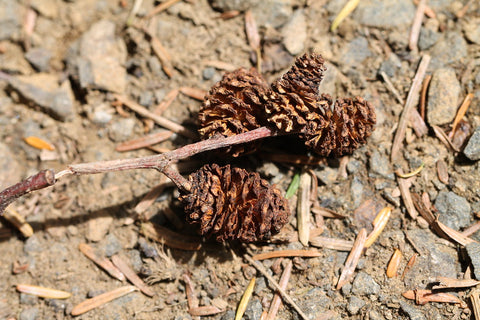
Pictured above: alder cones
Some botanicals, like alder cones and seed pods, may grow biofilm (fungus-looking gooey mold) for the first few days and may last a couple of weeks. Although, shrimp love to eat this and it’s not harmful to the tank so don’t worry about it! The only slight downside is that it doesn’t look that great.
But wait! Botanicals aren’t the only decorative items you can have in your blackwater set-up that release tannins; lots of woods do too. For example, mopani wood, bogwood and driftwood all secrete large amounts of tannins into the water, which can be an easier and quicker way of tinting the water. But remember, not everything in your tank needs to be blackwater-style, you can still use rocks, different types of wood, and don’t forget plants!
How long should I keep blackwater botanicals in my aquarium?
Now that we’ve sussed how to prepare botanicals for the aquarium, we need to understand when to remove them because unfortunately they can’t stay in there forever. Different types of botanicals have different ‘lifespans’.
For example, Catappa leaves will create a beautiful aesthetic for around 2-3 weeks and can last up to 1-2 months before disintegrating.
Although you can leave the leaves for this long, it’s a good idea to remove them sooner than later in case they cause ammonia build up when decaying. If you have shrimp, or even fish that like to munch on them, they may not last this long.
Alder cones, another great botanical for releasing tannins, will only last about a month until they start to rot so make sure to keep an eye on this!

What are the benefits of using blackwater botanicals?
There are so many benefits of tannins.
They not only tint the water, but also provide antibacterial/antifungal properties and lower the pH to produce slightly acidic water. Therefore, botanicals (the natural products we use to create tannins in our water), are used for hospital tanks as well as blackwater biotopes.
Blackwater tanks have antibacterial properties that help maintain healthy life and enhance colors.
Blackwater botanicals are also used by some breeders/aquarists purely to lower the pH of the water and to create acidic conditions which stimulate breeding in many species of fish, and even shrimp! You might, just might, notice some fry swimming around and hiding in the plants if you’re very lucky.
What plants and livestock are best for a blackwater tank?
Not all plants are suited to living in blackwater conditions because there isn’t as much light and more shade than many plants prefer.
Therefore, avoid plants that need high light intensities.
A great choice for blackwater tanks are epiphyte plants (plants that attach onto wood and other decorations) because they don’t require much light and do well in shaded areas. These plants include java fern, nymphaea stellata, anubias, and of course, bucephalandra. Just remember to never bury their rhizome in the substrate or they’ll rot and die!
Other plants that are a great choice for a blackwater tank are cryptocorynes, which don’t require high light intensities and there are many varieties of them.
Also, floating plants that float on the surface of the water to get the light they need are perfect for Blackwater Biotopes! Different types include Salvinias, Najas Indica, and red root floaters. Floating plants look great and suck out nitrates from the water which can be a real help!
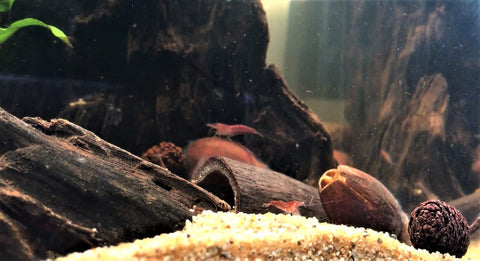
What else is important to know about blackwater tanks?
Now comes the technical bit; although it’s easy to convert your tank to blackwater, you must be careful to not do this too fast in order to avoid affecting the livestock.
The tannic acid (tannins) and humic acids released from the botanicals also cause the pH to be lowered and the water to become softer. As long as it doesn’t plummet rapidly or fluctuate, this is fine, but it does mean that you’ll need to be testing your water frequently and adding/removing botanicals as you go to keep it stable.
Test the pH & kH at least once, if not twice a week using liquid tests as these are the most accurate and efficient tests and you’d hopefully notice small changes before they get out of hand and affect your livestock.
Water changes are another slightly technical factor.
Let’s say you’ve just removed 25% of the water. If you use de-chlorinated tap water to refill it, then you will dilute the tint quite a bit. More importantly, the water parameters are probably going to change (increase of pH and water hardness, depending on your tap water).
First, see how different the tank water conditions are compared to the water you’re about to add. If they’re very different, you may need to rethink how you do water changes for that tank.
To combat this problem, some people prepare the water a few days in advance by adding botanicals and letting it sit. This way, you’re matching the water parameters to the tank water, or at least getting them a lot closer to avoid affecting the livestock.
Also, to help release the tannins quicker, you can put the botanicals in boiling water, wait for it to cool, then add it to your tank! (make sure to de-chlorinate the water before adding)
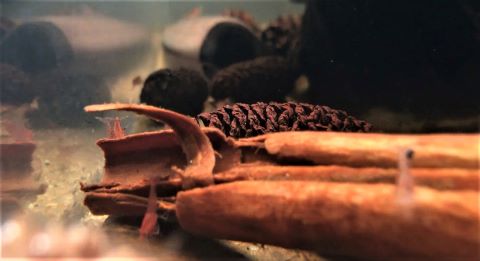
Anyway, enough of the technical stuff, go enjoy the process of making your own!
I hope that this article has inspired you to create your own blackwater biotope aquarium and see how they are a haven for your fish and how beautiful they can be.
Keep scaping and tint that water!
Tell us - Was this article helpful? Please comment your thoughts below!
If you have any questions regarding this article, please DM us on Instagram, Facebook, or email us directly at support@buceplant.com so we can assist you - @buceplant

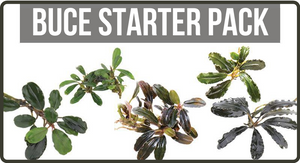
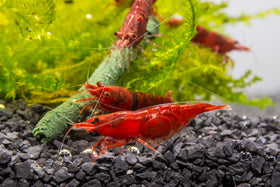
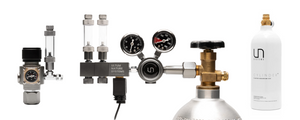

Leave a comment